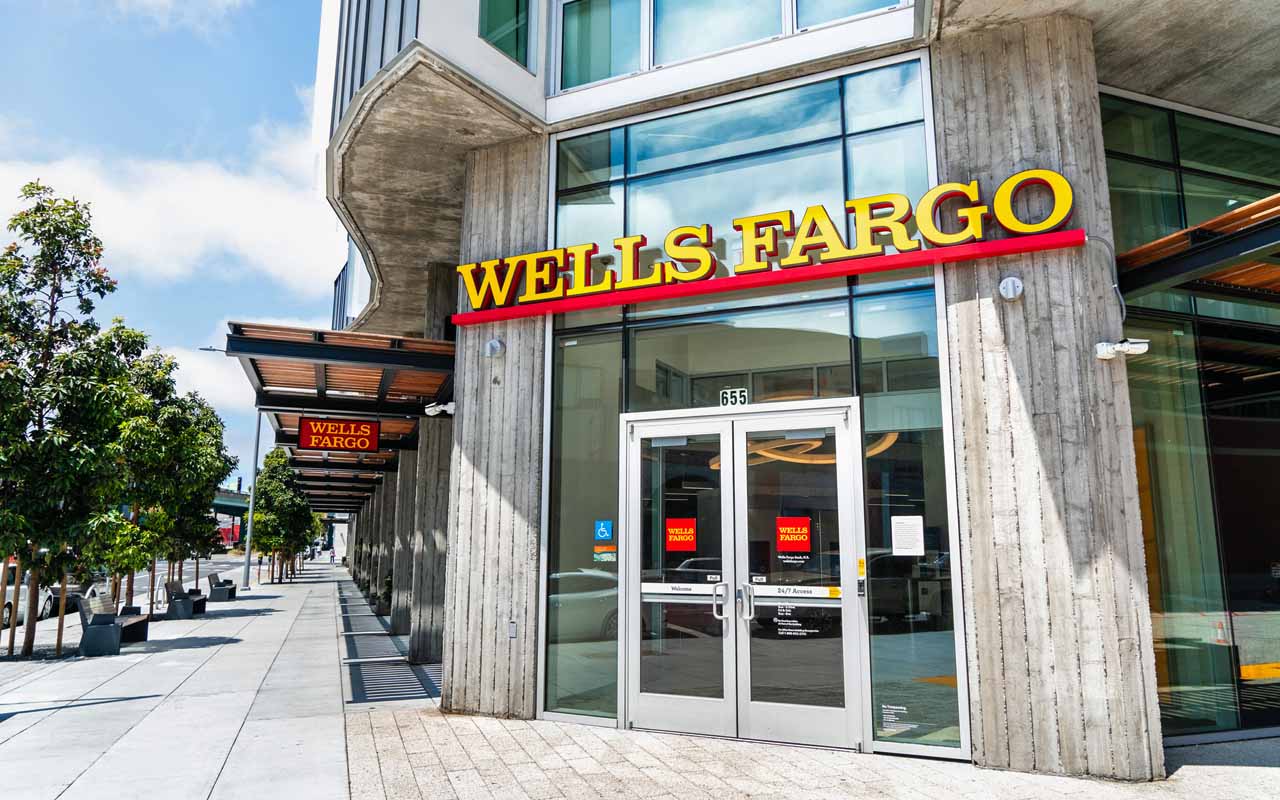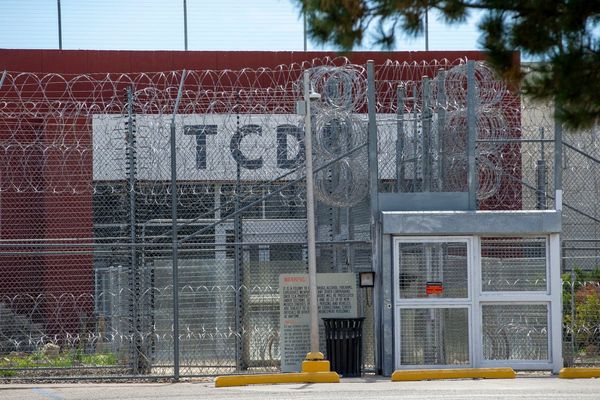
The nation’s largest banks are closing more brick-and-mortar branches, signaling a significant shift in how Americans access financial services. Institutions like Wells Fargo, Bank of America, Flagstar Bank and JPMorgan Chase have all announced branch closures in recent months.
These closures reflect a broader trend in the industry: the growing dominance of digital banking. As more customers turn to mobile apps and online platforms for everything from depositing checks to managing investments, banks are reevaluating the cost and necessity of maintaining physical locations.
While the shift makes sense from an efficiency standpoint, it also raises concerns about accessibility and financial inclusion — especially for those who depend on face-to-face service.
How fast are banks closing branches in the US?
According to the Office of the Comptroller of the Currency’s weekly bulletin for March 16 through March 22, 2025, 32 banks closed nationwide. The list includes locations operated by major institutions such as Wells Fargo, U.S. Bank, PNC Bank, Bank of America and JPMorgan Chase.
While bank closures are not a new phenomenon, their pace has accelerated in recent years. The Federal Reserve Bank of Philadelphia’s U.S. Bank Branch Closures and Banking Deserts report notes that the trend began during the Great Recession but was significantly exacerbated by the COVID-19 pandemic.
Since 2020, the rate of bank branch closures in the U.S. has doubled. The majority of those closures come from large and very large banks, contributing to an overall 5.6% decline in total bank branches nationwide since the start of the pandemic.
At the same time, the formation of new banks has slowed to a trickle. According to S&P Global, only eight new banks were established in 2023, followed by just six in 2024 — a stark contrast to historical averages and a sign that fewer financial institutions are entering the market to replace those that disappear.
Which banks are closing locations?
Many large banks have announced that they will close more branches in 2025. These figures reflect the closures that have been announced to the Office of the Comptroller of the Currency; additional closures may be announced.
- Bank of America: Closing 27 locations
- JPMorgan Chase: Closing 15 locations
- Flagstar: Closing 52 locations
- TD Bank: Closing 37 locations
- U.S. Bank: Closing 40 locations
- Wells Fargo: Closing 49 locations
Why are so many banks shutting down physical branches?
Several factors are prompting banks to close branches. During the pandemic, demand for in-person banking declined. According to the U.S. Bank Branch Closures and Banking Deserts report, physical branches saw a decline in foot traffic, and banks are working to save money by closing the branches.
The development and expansion of mobile and online banking platforms has also reduced individuals’ reliance on in-person banking. Online and mobile banking can now support check deposits, bill payments, transfers between accounts and overall account management, so customers travel to bank branches less often.
That’s not to say that bank branches are unnecessary. There are still plenty of individuals who need or prefer to travel to a physical bank branch to do their banking. In-person customer service remains essential for certain transactions, and individuals still rely on branches or ATMs for access to cash.
How do bank closures and digital banking trends affect customers?

Banks won’t close all of their physical branches, but the role of the remaining locations is evolving. Rather than serving as a hub for everyday transactions, branches are increasingly focused on more complex financial services — such as mortgage applications, small business lending or personalized financial consultations — while routine banking moves online.
The wave of bank closures may also contribute to the rise of banking deserts —communities with limited or no access to traditional banking services. According to the U.S. Bank Branch Closures and Banking Deserts report, several Mid-Atlantic and New England states experienced significant growth in these underserved areas between 2019 and 2023. Delaware, Pennsylvania, New Jersey and Vermont saw some of the largest increases in banking deserts during that period.
To help bridge the gap left by branch closures, banks are experimenting with alternative service models. Some have introduced mobile branch buses — fully equipped, traveling banks that rotate between locations to provide in-person services in underserved areas.
Others have turned to technology, deploying video teller ATMs that allow customers to interact with a live teller via video chat in real time, offering a more personal touch than standard ATMs
As banks adjust their branch networks, many are also exploring artificial intelligence to increase efficiency and support customer service. According to Accenture, generative AI could reduce costs by up to 60% in the coming years by automating routine tasks. It may also allow frontline employees to spend more time on personalized, customer-facing interactions.
What to expect as banking shifts online
As online and mobile banking platforms become more capable and convenient, it’s likely that more customers will rely on them for everyday transactions. However, physical branches will continue to play an important role, especially when it comes to in-person support, complex services or financial guidance.
With fewer branches open, though, you may need to travel farther to access these in-person services, making it important to plan ahead for tasks that can’t be handled digitally.







